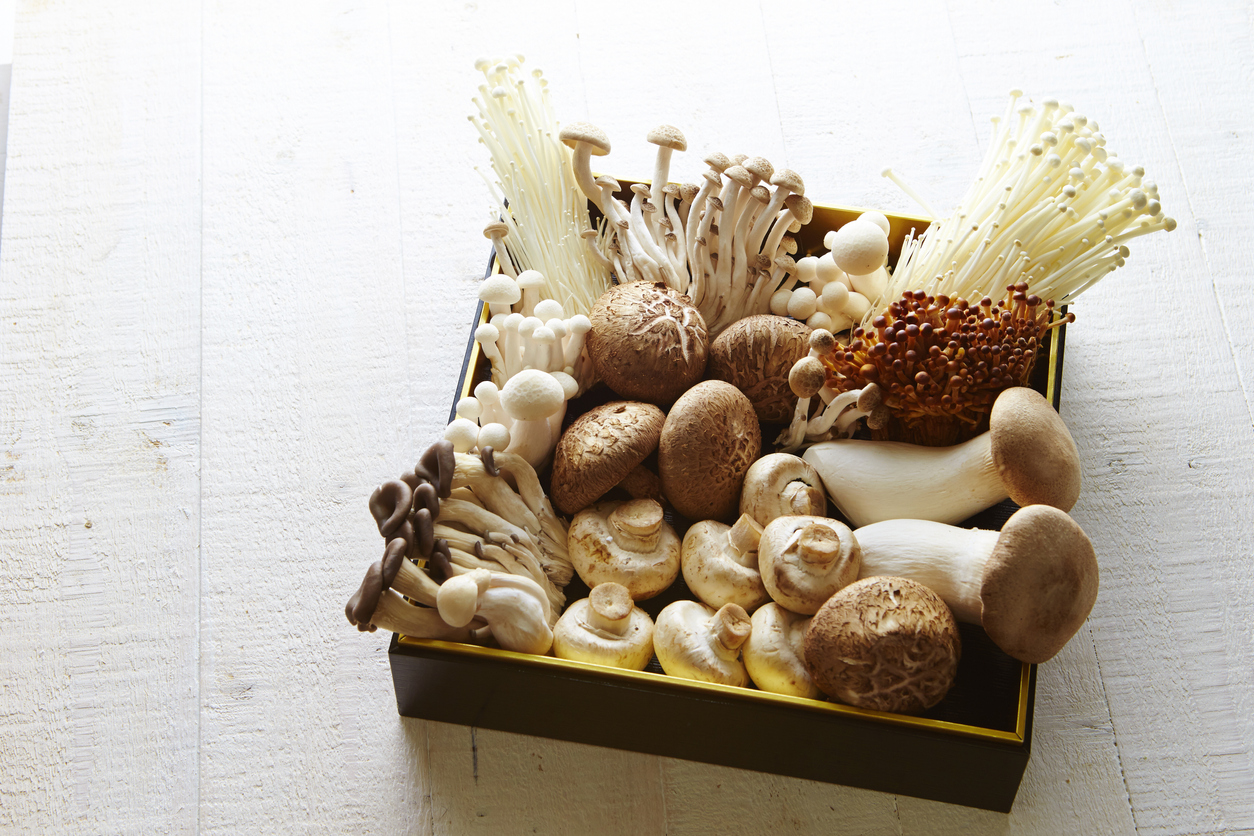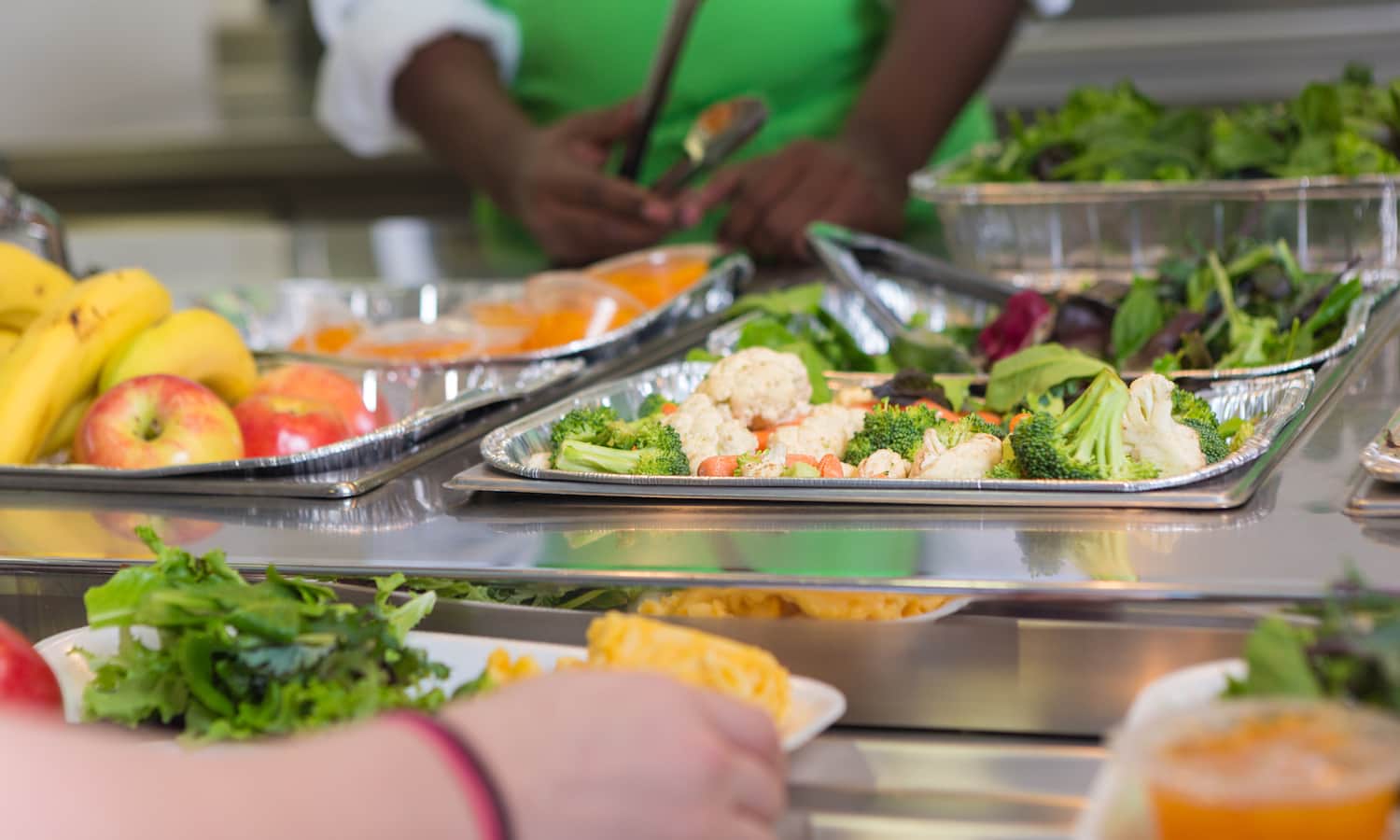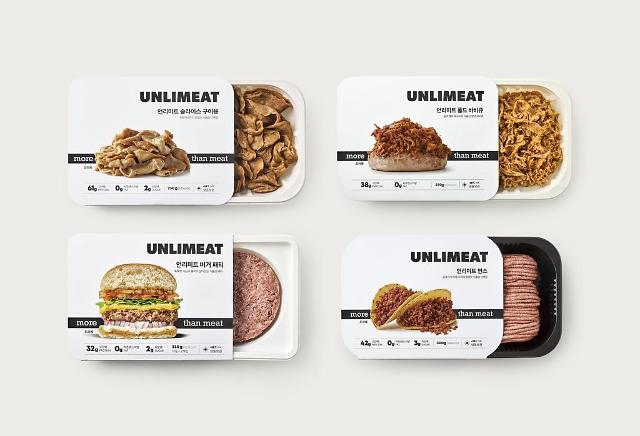Attendees strolling the show floor at the Plant Based World Expo in New York City earlier this month experienced savory cooking aromas and vividly bright signage designed to evoke the vitality young plant-based brands bring to the table.
More than 3,700 people attended the event this year, up 20% from attendance at last year’s expo, and 232 companies exhibited everything from ingredients to plant-based snacks, meat and dairy alternatives, and desserts, a range that illustrated the continued innovation in the category.
The array of options highlighted that the plant-based movement isn’t just moving in one direction as it matures, organizer Benjamin Davis said. Instead, companies are creating a wider doorway for eaters of all types to venture through.
The next phase of the plant-based food movement is focused on finding ways to meld familiar favorite flavors and textures with a focus on health, from the high-protein content of the tasty artichoke to the antioxidant properties and umami possibilities of the mushroom.

Companies are continuing to innovate to create new plant-based alternatives in just about every category including snack foods, processed products, and prepared meals. At the same time, plant-based food makers are continuing to work on simplifying recipes and ingredients and making more use of whole plant foods.
And consumers are looking for both.
If the early years of the plant-based movement were filled with alternatives to traditional burgers and chicken nuggets, newer companies are working to create a wider range of familiar foods from plants including crab cakes, sushi, and bacon.
Global investors put $5.8 billion into startups working on plant-based and lab-grown alternatives to meat, seafood, and dairy products last year, according to Crunchbase data.
Much of the investment in recent years into mission-driven plant-based food startups has been bearing fruit in the form of new products like those on display at the expo, Davis said.

A sampling of the latest plant-based products
Cutting Vedge is exploring the potential of under-used vegetables – in this case, artichokes from Reese’s, a brand also owned by Cutting Vedge parent World Finer Foods. The brand, which bills itself as veggie forward, makes artichoke-based burgers, meatballs and sausages using chef-crafted recipes.
Finless Foods is creating plant-based and cell-cultured versions of tuna and, at the expo, the company was sampling a version of ahi made from winter melon that’s now on the menu at several Florida restaurants.
Australia-based Fable is turning shiitake mushrooms into a hearty meat alternative that can be used in a variety of dishes, many of them featured on the brand’s website in recipes created by Michelin-starred chef Heston Blumenthal.

Nelly’s Organics founder Carla Spiropulo says her vegan company started by accident more than seven years ago when the healthier versions of candy bars she was making for her kids caught on with their friends and parents. Spiropulo ultimately found a Whole Foods Market forager who helped her get the bars into the retailer and today the brand is available at 3,500 retail outlets.
The role of the plant-based chef
Chefs and culinary arts play a key role in this next phase, as plant-based companies seek to meet consumers where they are and make plant-based foods more accessible and attractive to everyone, Davis said.
The companies making the products aren’t the only ones innovating. Chefs are increasingly taking a lead role in raising the bar for plant-based foods in foodservice channels, especially on campus and in other settings that aim to appeal to Gen Z consumers who increasingly seek out plant-based alternatives.
Exploring and experimenting with plant-based menu items can be a creative opportunity, chef Jennifer DiFrancesco said during a panel called “Thriving in Foodservice.” DiFrancesco is the director of culinary innovation for Sodexo Campus.
DeFrancesco talked about the trial and error that goes into developing a wide variety of plant-based options for campus food halls and the challenge of taking existing products and improving on them to create “craveable dishes.”

“We have this captive audience that’s demanding it,” DiFrancesco said.
Early on, Sodexo’s campus food halls would segregate plant-based options in their own stations. That’s changed and now the vegetarian and vegan dishes are spread out among the different cuisine types, a change that displays the growing versatility of plant-based options as chefs learn to turn some of the same basic ingredients into new and different dishes.
Plant-based ingredients that have multiple applications are key in campus setting, DiFrancesco said.
“We look at the versatility of productions, they need to have multiple applications because in foodservice we can’t bring on 25 different SKUs.”
The panel stressed the potential for making plant-based the default option, a shift that will require making the foods more accessible to more consumers.
Panelist Marika Azoff, The Good Food Institute’s corporate engagement specialist, highlighted the role restaurants and other foodservice channels can play in helping consumers learn about – and taste – the plant-based alternatives to their familiar favorites.
Azoff mentioned Taco Bell, which tested a plant-based meat alternative that customers could swap in for traditional meats without an upcharge.
In other words, campus dining halls, quickserve eateries and other foodservice channels can be an accessible entry point for plant-curious consumers. “[Consumers] can try plant-based foods in foodservice without having to buy a whole package and figure out how to cook it,” Azoff said.











